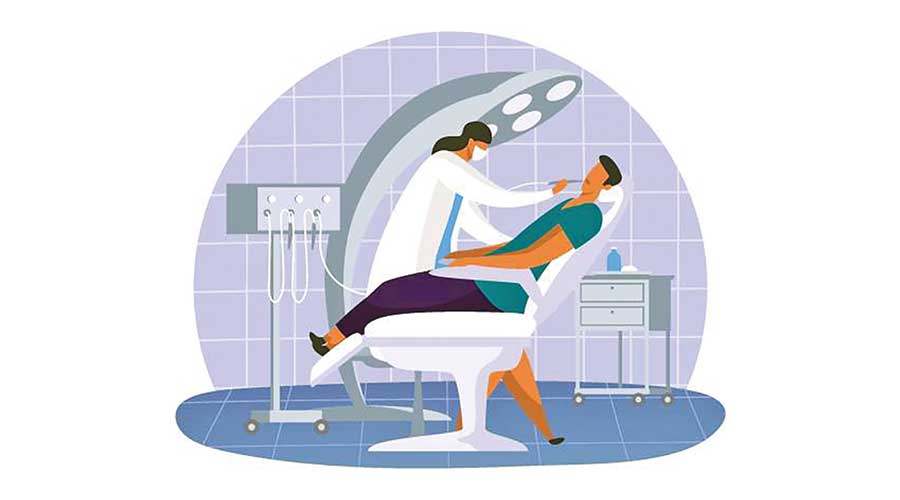ASK A PHYSICAL THERAPIST
- 20 Apr - 26 Apr, 2024

Many factors can contribute the discolouration of children’s teeth. Drinking certain liquids, taking medications, and heredity can play a part. Whitening toothpaste products can help with surface stains. It won’t, however, do anything to change his or her natural tooth colour. Be sure to check the label carefully for age recommendations. As for whitening strips, the American Academy of Pediatric Dentistry does not recommend them for children under the age of 15. In their opinion, there hasn’t been enough research conducted to prove that they are safe for younger children. For professional whitening, you can ask your dentist. Most dentists will suggest that the enamel on a child’s teeth should be fully calcified before any bleaching agents are used. It takes about two years after an adult tooth comes in for it to fully calcify. Using harsh whitening treatments before that can break down the tooth enamel and damage gum tissue.
Before your child’s mouth and jaw are fully grown, they may not get the full benefit of any teeth-straightening process. For this reason, one option for young children might be to simply “wait and see.” As your child grows, the extent of his or her issue might change and the best treatment option might become clear. In general, braces are recommended for more severe issues, or malocclusions, such as an overbite, underbite, or crossbite. Less serious crowding, crookedness, or gaps may be fixed with other alignment products. If braces are chosen as the best option, there are still more choices to make. Clear or ceramic braces are available in addition to the traditional metal ones. Headgear will sometimes be recommended to help the process along. Because straightening your child’s teeth is a development issue and not just an age issue, every child will be different. According to some dentists and orthodontists, the ideal age for braces would be between 10 and 14, but children as young as seven can sometimes be fitted for braces.
Invisalign is an alternative to traditional braces. Invisalign is a popular product for adults and teens, but it is not recommended for children younger than 12. Part of the product’s appeal is that it is practically invisible, and unlike braces, it can be taken out. In order to work, they must be kept in for a recommended period of time.
COMMENTS